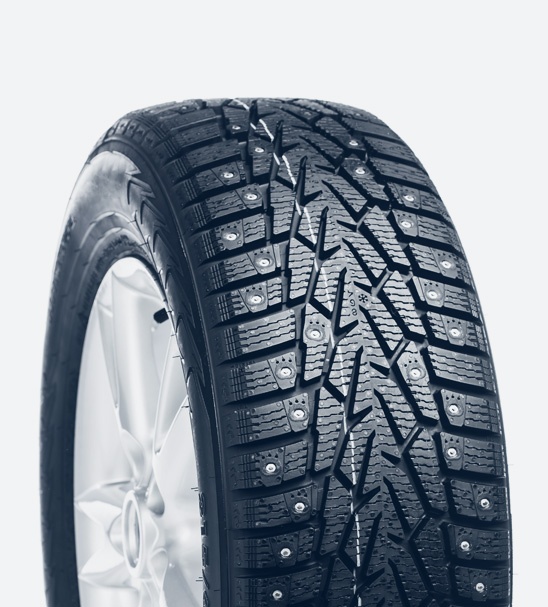rear axle differential seal
Understanding Rear Axle Differential Seals
The rear axle differential seal is an essential component in the automotive drivetrain system, designed to maintain the integrity and efficiency of the differential. This crucial seal plays a significant role in sealing the space between the differential housing and the axle shafts, preventing the leakage of lubricants while keeping contaminants such as dirt, debris, and water from entering the differential assembly.
Function and Importance
The primary function of the rear axle differential seal is to ensure that the lubricant—typically gear oil—remains within the differential housing. The differential itself is a complex gear system that distributes power from the engine to the wheels, allowing them to turn at different speeds, especially while cornering. Without adequate lubrication, the gears would suffer from excessive wear and tear, potentially leading to catastrophic failure.
Moreover, the differential seal protects the internal components from external contaminants. If dirt or moisture were to penetrate the differential, it could lead to heightened friction, overheating, and eventual breakdown of the gears and bearings. Thus, a well-functioning rear axle differential seal is imperative for the longevity and performance of the vehicle.
Signs of Seal Failure
Like any other mechanical component, rear axle differential seals can wear out over time. Drivers should be vigilant about signs of seal failure, which can include the presence of oil leaks underneath the rear of the vehicle. A differential leak not only indicates a compromised seal but may also lead to a low level of lubricant, increasing the risk of significant internal damage.
rear axle differential seal

Unusual noises from the rear axle area, such as whining or grinding sounds, may also suggest problems with the differential or the seals. These sounds frequently indicate that the gears are not properly lubricated, leading to metal-on-metal contact. If such symptoms arise, it is crucial to have the vehicle inspected by a qualified technician to diagnose and address any potential issues.
Replacement and Maintenance
Replacing a faulty rear axle differential seal is essential for maintaining the vehicle's performance and preventing further damage. The process typically involves removing the axle shafts and differential cover to access the seal, followed by cleaning the sealing surfaces, applying a suitable adhesive if necessary, and installing the new seal. It’s advisable for vehicle owners to refer to their owner's manual for specific replacement intervals or consult a professional mechanic.
Regular maintenance of the differential—such as checking fluid levels, inspecting for leaks, and changing the lubricant at recommended intervals—can extend the life of the seals and the differential itself. Keeping an eye on your vehicle's overall fluid health helps prevent potential problems before they escalate into costly repairs.
Conclusion
In summary, the rear axle differential seal is a small but vital component of a vehicle's drivetrain system. It plays a critical role in maintaining proper lubrication, preventing leaks, and protecting the differential from contaminants. Recognizing the signs of seal failure and performing timely maintenance can enhance vehicle reliability and longevity. After all, taking proactive steps in vehicle upkeep not only extends the lifespan of components but also ensures that drivers can enjoy a smooth and safe driving experience. Understanding the importance of such seemingly minor components is essential for every vehicle owner who wishes to maintain their vehicle's peak performance.
-
Understanding the Front Main Engine Seal: Purpose, Maintenance, and Installation
News Jul.29,2025
-
Understanding O-Rings and Seal Rings: Types, Applications, and Custom Solutions
News Jul.29,2025
-
Understanding Crankshaft Oil Seals: Rear Seals, Pulley Seals, and Their Role in Engine Integrity
News Jul.29,2025
-
The Importance of Front and Rear Crankshaft Seals in Engine Performance and Oil Management
News Jul.29,2025
-
Crank Oil Seals: Functions, Types, and Cost Considerations in Engine Maintenance
News Jul.29,2025
-
A Comprehensive Guide to O-Rings and Seals: Types, Materials, and Global Applications
News Jul.29,2025
-
Mastering Diesel and Performance Engine Maintenance: A Guide to Critical Oil Gaskets
News Jul.28,2025
Products categories















